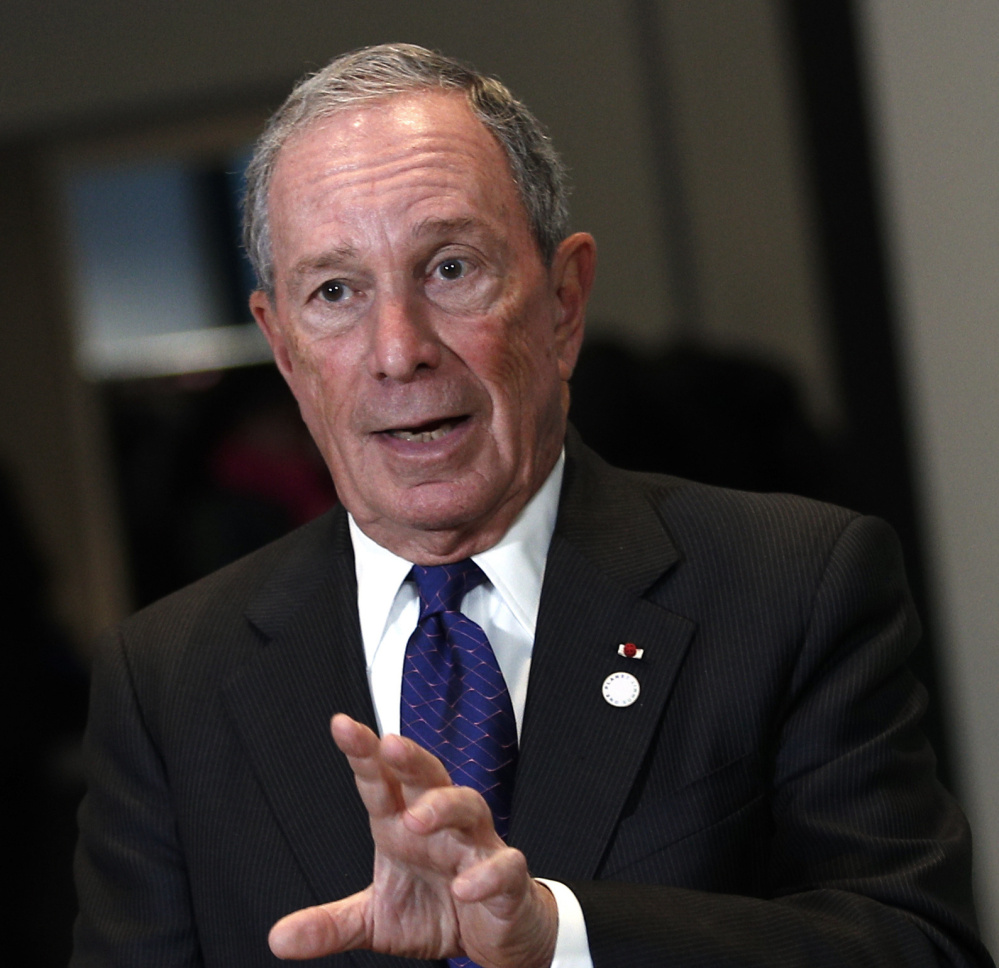Dozens more selective colleges and universities have joined a pact to recruit more students from low-to-moderate income families, nearly tripling the total that launched the effort a year ago.
The American Talent Initiative, as it’s known, set a goal last year of adding 50,000 high-achieving students with significant financial need by 2025 at roughly 270 schools with high graduation rates. At the time, organizers of the effort said that would amount to an increase of about 12 percent.
In December 2016, the initiative began with 30 members, including several Ivy League schools and state flagship universities. Now the total is up to 86.
Newcomers include the University of Virginia, the rest of the Ivy League, Allegheny College, several University of California campuses and Wake Forest University.
Michael Bloomberg, the billionaire philanthropist, said he is backing the initiative because he believes that, on the whole, top colleges haven’t done enough to ensure access to students from disadvantaged backgrounds.
“I’m a believer that society needs more of the best and the brightest to get a good education,” Bloomberg said in an interview. “This country is in competition with everybody else. If we leave people not participating – who could participate with a little bit of help and make a difference – shame on us.”
Asked how the initiative has done so far, Bloomberg said: “Results are good, but they could always be better. We’ve got to ramp up our game.”
He said the membership growth is testament to the power of the idea. College presidents and provosts “must feel this in fact is working,” he said. “Otherwise, they wouldn’t waste their time and try to join.”
Working with the nonprofit Aspen Institute and Ithaka S+R, the initiative asks colleges to set goals to contribute to a national movement to expand educational access. It will track progress on those goals as well as the overall number of students at selective colleges and universities who qualify for a form of need-based aid known as Pell Grants. There are now 291 schools that meet the initiative’s eligibility threshold – a 70 percent six-year graduation rate.
“We measure results,” Bloomberg said. “We’re not going to let you fake it.”
What are the goals? So far, specific information for the schools involved has been sparse.
But the initiative has made public the commitments of a handful of members. Wake Forest University pledged to increase the share of its students who receive Pell Grants by 40 percent.
Yale University pledged to add 225 Pell students; federal data indicates its total in 2015-2016 was about 750. Georgia Tech pledged to raise the amount of need-based aid it provides by 30 percent.
The University of Dayton aims to increase the share of its first-year students who are Pell-eligible to 20 percent by 2023, up from 14 percent this fall.
Daniel Porterfield, president of Franklin & Marshall College, said his school aims for the share of first-year students who qualify for Pell Grants to be sustained at 20 percent. In 2013, the level was 17 percent, and in 2016 it was 19 percent. “With practical, doable increases, you can have a collective impact,” Porterfield said. He will become head of the Aspen Institute on June 1.
Achieving the national goal is not entirely up to the colleges. State and federal policies on financial aid and higher education appropriations will play a huge role in whether lower-income students are able to afford college.
Bloomberg said public funding battles shouldn’t be an excuse for inaction.
“What states have done in defunding their educational systems is a disgrace, and it’s going to hurt those states,” he said. But Bloomberg said the initiative will forge ahead even if public policy troubles emerge. “I’m not going to sit around and say, ‘Oh, I can’t do it,'” he said.
To learn more about members of the American Talent Initiative, go to americantalentinitiative.org/who-we-are.
Send questions/comments to the editors.


